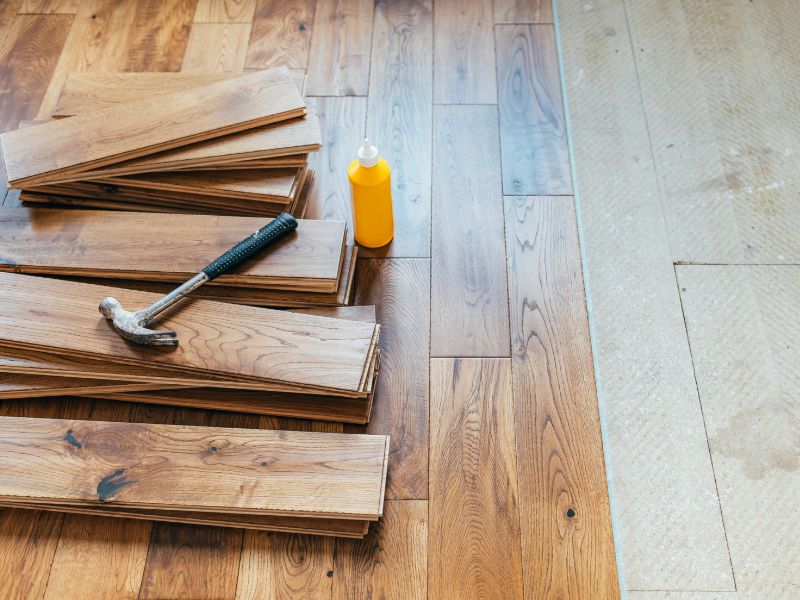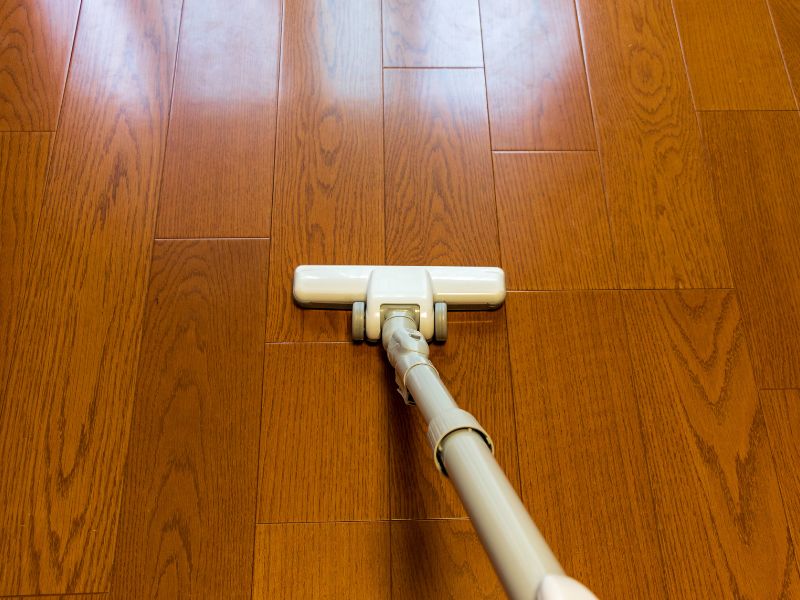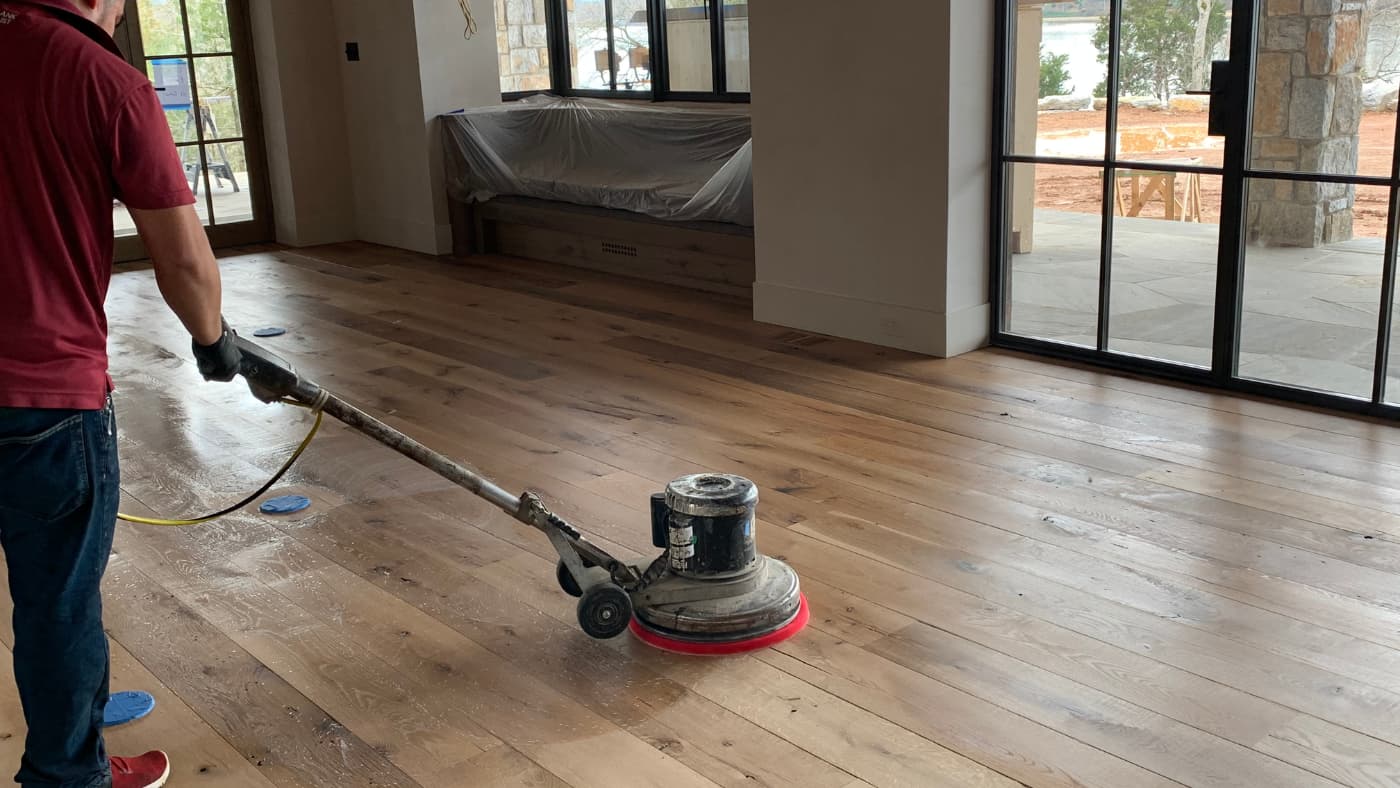The Beveled Edge Dilemma: Pros and Cons of Beveled Edges in Hardwood Flooring
When it comes to selecting hardwood flooring for your home, there are numerous factors to consider. One design choice that often sparks a debate among homeowners is whether to opt for beveled edges or a seamless, square-edge finish. Beveled edges, characterized by a slight slope or groove along the edges of each plank, can create a distinctive look. However, they also come with their own set of advantages and disadvantages. In this blog post, we will delve into the pros and cons of having beveled edges in hardwood flooring, helping you make an informed decision for your living space.
Pros of Beveled Edges:
1. Authenticity and Character:
Beveled edges can lend an authentic and rustic charm to your hardwood flooring. They mimic the appearance of traditional, handcrafted flooring, adding depth and dimension to the overall aesthetic. If you desire a flooring style that exudes character and showcases the natural variations of the wood, beveled edges can be an appealing option.


2. Concealing Imperfections:
One significant advantage of beveled edges is their ability to conceal minor imperfections in the flooring. They create a small groove that helps hide slight height variations, irregularities, and minor scratches that may occur over time. This can be particularly beneficial in high-traffic areas or homes with children or pets, where wear and tear are more likely.


3. Easy Maintenance:
Cleaning beveled edges is relatively straightforward. The grooves help trap dust, dirt, and debris, preventing them from spreading across the surface. Regular sweeping or vacuuming, followed by a damp mop or a manufacturer-recommended cleaning solution, is usually sufficient to keep the floor looking its best. The beveled edges can make maintenance less demanding by reducing the visibility of dirt and grime.


Cons of Beveled Edges:
1. Accumulation of Dirt and Grime:
While beveled edges can hide dirt and debris, they can also be a magnet for it. The grooves can trap particles that are difficult to remove, especially if the gaps are too deep or narrow. Over time, this can result in a buildup of dirt that requires extra effort to clean thoroughly. If you have allergies or prefer a flooring option that is easier to maintain, beveled edges may not be the ideal choice.


2. Visual Impact:
While beveled edges can add depth and character to your flooring, they can also create a visual impact that may not be suitable for every space. The grooves can break up the flow and continuity of the floor, making the room appear smaller or busier. In modern or minimalist design schemes, a square-edge finish may be preferred for its clean and seamless look.


3. Style Limitations:
Beveled edges are not universally compatible with all design styles. They are often associated with more traditional or country aesthetics, and may not harmonize well with contemporary or sleek interior designs. If you plan to change your decor frequently, beveled edges may limit your options, as they are less versatile than square-edge flooring in terms of style adaptability.


Choosing between beveled edges and square-edge hardwood flooring ultimately boils down to personal preference, lifestyle, and the desired aesthetic for your space. While beveled edges can add character and charm to your home, they also come with potential downsides such as maintenance challenges and style limitations. Consider the advantages and disadvantages outlined in this blog post to make an informed decision that aligns with your needs and design vision. Remember, striking a balance between functionality and aesthetics is crucial when selecting the perfect hardwood flooring for your home.






